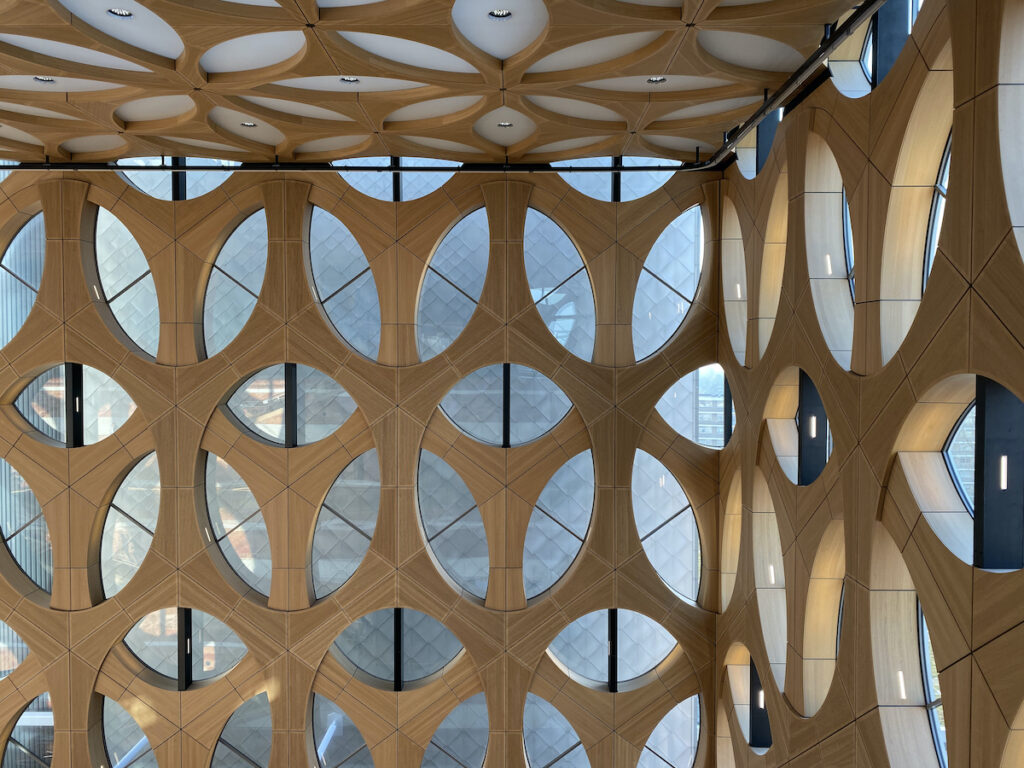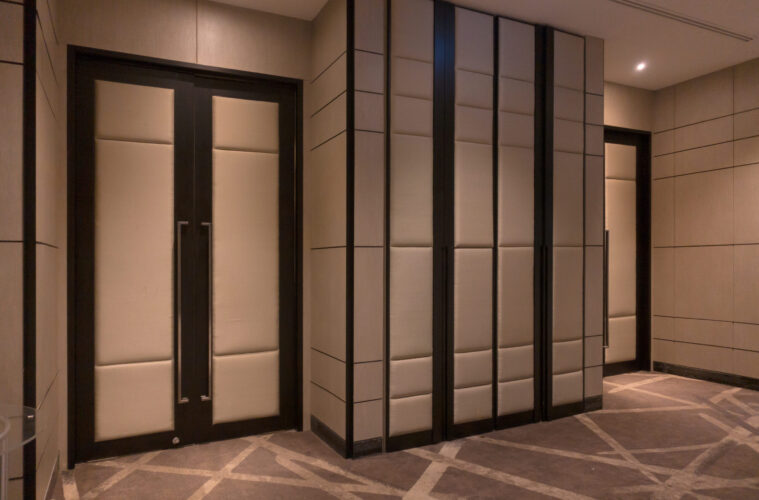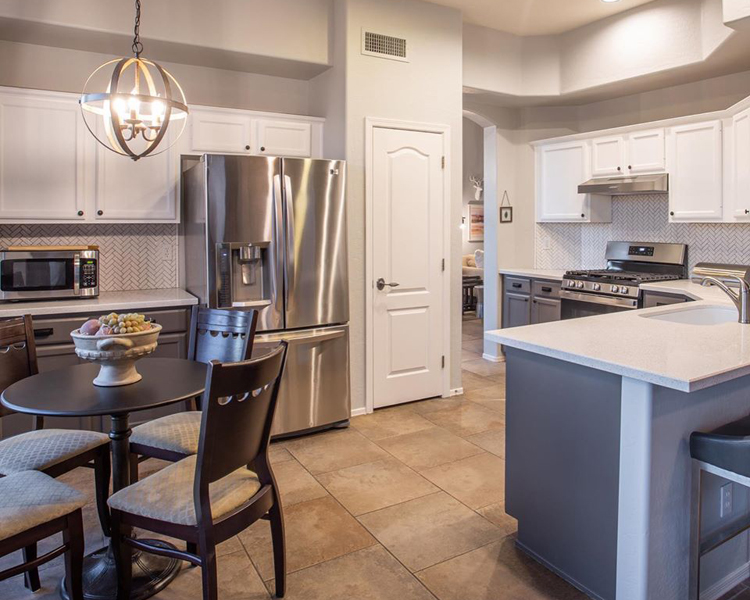Today’s buildings need to be adaptable, maintainable, and future-focused. Unfortunately, traditional panel installation methods fall short in many ways: permanent adhesives damage substrates during removal, visible hardware compromises clean design lines, and accessing building systems behind panels often means destructive removal and costly repairs.
As modular construction becomes more popular and sustainable building practices become standard, the construction industry is discovering a better approach. Removable panel systems are transforming how architects and builders approach interior detailing by eliminating the problems associated with permanent fixings. These innovative mounting solutions deliver flexibility without sacrificing performance, maintenance access without surface damage, and clean aesthetics that last.
The innovation behind modern panel mounting

The technology centers on a two part system made up of base clips attached to the
substrate, and corresponding components integrated into the backs of the panels. This creates a mechanical connection with genuine holding strength. The clips distribute loads across wider areas than point-based fasteners, reducing stress on both panels and mounting surfaces. Importantly, panels can be removed and reinstalled multiple times without compromising the integrity of the clips or damaging finishes.
These systems accommodate various panel materials, from thin veneers to thick
architectural panels, and work with substrates ranging from lightweight drywall to heavy duty, moisture resistant marine-grade plywood. The modular nature means installations can be reconfigured as needs evolve, supporting the flexibility that contemporary buildings require.
Problems that removable systems solve
Damage caused to panels and substrate
Traditional panel installations create permanent bonds. Adhesives damage substrates when removed, mechanical fasteners leave holes, and panels themselves often break during removal. This permanence means panels become single use components even when the material remains in good condition.
Removable panel mounting system technology eliminates these issues. Panels lift off by hand without tools, providing immediate access without surface damage. The mounting clips maintain their holding strength through multiple removal and reinstallation cycles, and panels snap back into perfect alignment every time. This reliability means panels can be relocated, moved between projects, or temporarily removed for refinishing. The same materials serve multiple applications throughout their lifecycle, supporting both flexibility and sustainability.
High maintenance costs and downtime
Building systems are often hidden behind finished walls and ceilings. Electrical, plumbing, HVAC, and data infrastructure all require periodic maintenance and occasional repair. Traditional panel installations turn routine maintenance into major events. Contractors must cut into finished surfaces, access the systems, then restore panels and refinish surfaces. Each of these events creates downtime, mess, and expense that multiplies across a building’s operational life.
Removable panels transform this maintenance cycle. Quick hand removal provides immediate system access. Maintenance work proceeds efficiently without demolition or reconstruction. Panels reinstall in minutes, and spaces return to full function the same day. Labor costs drop significantly when contractors spend time on actual repairs rather than access issues. Over years of building operation, these efficiency gains compound into substantial savings while reducing tenant disruption.
Visible fixings ruining aesthetics
Visible fasteners interrupt visual flow and limit design freedom. Screw heads, clip edges, and mounting hardware create shadows and texture that conflict with smooth, modern finishes. Designers compensate by accepting these imperfections, incorporating them into patterns, or attempting to hide them with surface treatments that rarely fully succeed.
Hidden mounting systems eliminate these compromises. Architectural panel systems use concealed clips to create uninterrupted surfaces where panels meet with precision. The intended design is not compromised. This is especially important in high end commercial spaces, luxury residential projects, and anywhere that architectural detailing is a defining feature.
Real world applications across industries
Architecture
Architectural applications showcase removable panel’s versatility across both commercial and residential projects. Office environments require constant change as teams reorganize, technology updates, and space requirements evolve. Removable panel systems enable these transformations without major construction work while modern wall paneling maintains aesthetic consistency throughout changes.
High end residential projects demand both aesthetic perfection and practical functionality. Homeowners expect flawless finishes that accommodate modern home systems and future technology integration. Smart home wiring for automation, speakers, displays, and sensors requires access behind finished surfaces.
Textured wall finishes and specialty materials become practical with removable mounting because panels can be removed for refinishing or replacement without damaging adjacent surfaces. The technology eliminates the conflict between clean design and functional access.
Retail environments also benefit from quick transformation capabilities. Seasonal
redesigns, product launches, and brand updates happen frequently. Removable panels allow rapid reconfiguration of display areas, feature walls, and customer facing spaces, with the same infrastructure supporting multiple design changes over time.
Marine
Marine environments present unique demands with constant movement, moisture exposure, salt spray, and temperature fluctuations. Yacht and cruise ship interiors require panels that withstand these conditions while providing efficient maintenance access in confined spaces.
Removable panel systems address these challenges effectively. Panels withstand
vibration and movement without loosening while materials resist moisture and corrosion. When maintenance requires accessing systems in tight quarters, panels remove to provide working room, then reinstall to restore the finished interior. This capability transforms maintenance from a major undertaking into a manageable task, particularly valuable in marine applications where downtime directly impacts operational revenue.
Furniture and RVs
Furniture manufacturing and recreational vehicle construction share common challenges like maximizing function in compact spaces while maintaining aesthetic quality. Storage access, concealed mechanisms, and removable components all benefit from secure yet easily detachable mounting systems.
In RV applications, constant road vibration tests every connection. Traditional fasteners loosen over time, creating rattles and requiring retightening. Removable mounting clips maintain their hold through continuous movement while enabling quick panel removal for accessing storage compartments, plumbing, electrical systems, and appliances packed into limited space. The same technology serves furniture applications where panels conceal storage, create modular configurations, or allow upholstery changes without reconstruction.
The future of building flexibility

Removable panel mounting systems represent more than improved installation methods. They embody a shift in how we think about buildings as dynamic environments rather than static structures. This approach aligns with broader trends toward modular construction, sustainable practices, and lifecycle thinking.
For architects and construction professionals, adopting removable panel technology means designing with confidence that spaces can evolve in the future. Projects gain flexibility without sacrificing quality. Maintenance becomes simpler. Longevity improves. These benefits compound over time, delivering value throughout a building’s operational life.
Choosing mounting systems that support rather than constrain that future makes both practical and economic sense. The way we build is changing because it needs to, and removable panel technology provides the solution that modern construction demands.
Explore Fastmount’s full product range to see how removable panel clips can assist you in your next architectural project.



